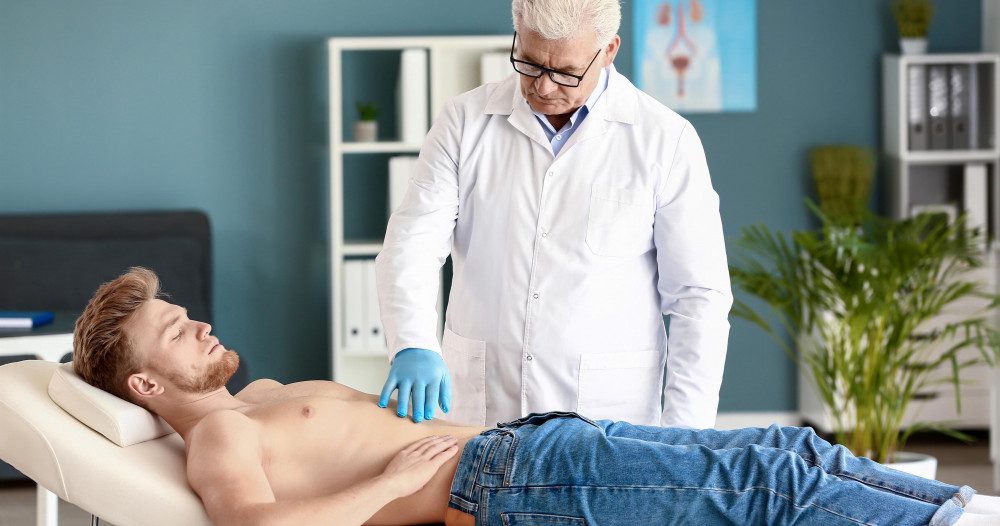Mất kiểm soát: khi nào đến gặp bác sĩ tiết niệu?

Khi nào đến gặp bác sĩ tiết niệu?
In case of urinary leakage, who to contact?
First of all to his general practitioner. Then quite quickly, it will take a specialist opinion to establish a diagnosis.
In women, you must differentiate between stress urinary incontinence and urge incontinence (also called “urge” or “overactive bladder”).
Stress urinary incontinence requires rehabilitation and possibly surgery, while urge incontinence is treated with medication and, in case of failure, with neuro-modulation. In short, two completely different and antagonistic treatments. That is to say that if we do one for the other, we run into disaster.
What is the role of the general practitioner? What about the urologist?
If it is urinary incontinence due to urgency – that is to say that when the bladder is full the patient has leaks – the general practitioner can treat with anticholinergics.
But in the majority of cases, urinary incontinence is the responsibility of the specialist. As soon as he noticed that there was no urinary tract infection and that there was real discomfort, the general practitioner referred his patient to the urologist.
About 80% of patients who complain of urinary leakage arrive in our practice. In particular because it is necessary to carry out a urodynamic assessment to make the diagnosis.
What is a urodynamic assessment?
The urodynamic assessment includes three examinations: flowmetry, cystomanometry and urethral pressure profile.
Flowmetry allows to objectify the urinary flow of the patient. The result is presented in the form of a curve from which the urologist determines maximum flow rate, time of urination and voiding volume.
Kỳ thi thứ hai là cystomanometry. We fill the bladder with liquid and we observe how it evolves, that is to say the pressures inside the bladder. This test allows you to see if there are any “pressure surges” that could explain the incontinence, and to know if the bladder contains a lot of fluid or not. Likewise, we will be able to assess whether the patient feels the need.
Thirdly, we carry out a urethral pressure profile (PPU). It is a question of observing how the pressures are distributed inside the urethra. In practice, a pressure sensor is extracted at constant speed, from the bladder to the outside. This allows us to diagnose sphincter insufficiency or, on the contrary, sphincter hypertension.
What is the most common surgical procedure for women?
In case of stress urinary incontinence, before offering an intervention, treatment is usually started with rehabilitation. This works in about one in two cases.
If this is not enough, strips are placed under the urethra. The principle is to form a hard plane that can withstand the pressure of the urethra. So when the urethra is under pressure, it can lean on something solid and provide continence.
I often use a simple comparison to explain the procedure to my patients. Imagine you take an open garden hose and the water is flowing. If you step on the hose with your foot and there is sand underneath, the hose will sink in and the water will continue to flow. But if the floor is concrete, your weight cuts off the water pressure and the flow stops. This is what we are trying to achieve by placing strips under the urethra.
Đàn ông thì sao?
In humans, it will first be necessary to determine if it is overflow incontinence or if it is a sphincter insufficiency. It is very important to make the diagnosis right away so as not to offer an inappropriate treatment.
In the case of overflow incontinence, the bladder does not empty. There is therefore a leaking “overflow”. The obstruction is caused by the prostate. The urologist removes this obstacle either by surgery or by prescribing a drug to decrease the size of the prostate.
The second cause of incontinence in men is sphincter insufficiency. It is often the result of surgery, such as radical prostatectomy.
All information on the diagnosis and treatment of urinary incontinence can be found in the Special Health Passport file.










